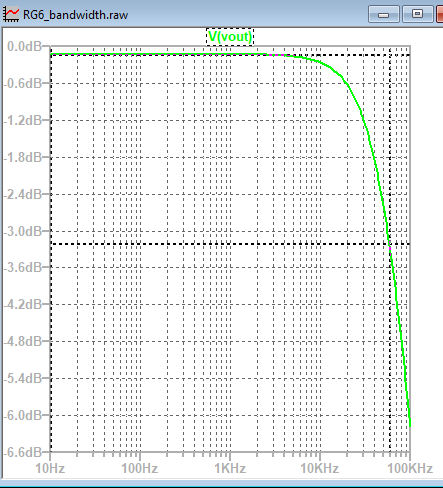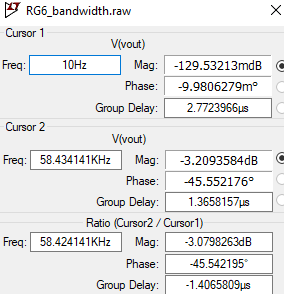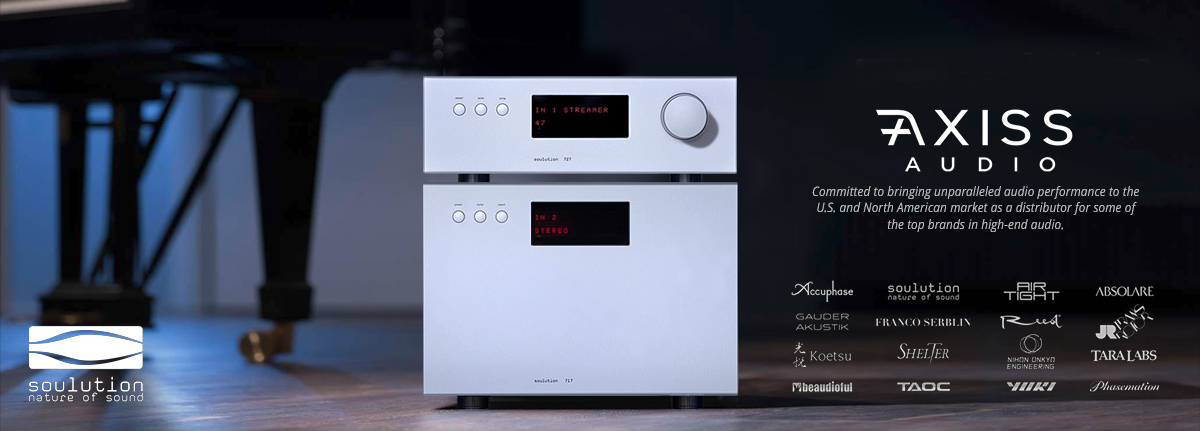No he is trying to keep Jadis for midrange and have the Westminster or Hegel for power.
The Jadis for the top sort of makes sense.
Assuming that the frequency is low, then why not just run a class-D for the bottom side?
What will a Westminster or Hegel do for such low frequencies?
Matching amplifiers? What fun is that?
What is the general cutoff point? Or XO point?
Interesting , so how does Ron plan on gain matching , not to mention the odd load to the preamp
What is odd about 67k ohms?
Most preamps can drive amps between 20k and 200k ohms, with no issues.
, the different Sonic hand offs will be noticeable with the Clarysis bass panel running as high as 500 hz..!
You mean sonics of the amp?
(If so I agree.)
IMO , It’s best to run an active xover with gain stage in this situation , passive parallel is best with identical amps for load and gain.
^Generally… I agree.^
Or a DSP to do the active part, but there are varying DSP approaches.
A passive at the front is sort of stacking the passive XO with the speaker’s XO.
At least with a DSP it is possible to retain phase if it is FIR based, and if some latency is acceptable or correctable for HT.
Probably not a concern with music.
Another way would be to HPF between the preamp and Jadis, and then run that Jadis output to the upper inputs.
Then pull off the signal from the upper inputs, and low-pass-boost it, to get back the signal level.
(But the Jadis is not wasting energy on low frequency voltage excursion.)
Then it will have the character of the Jadis implanted onto the bass side.
That would be easiest done with a DSP and Class-D amp, but one could get some small time delays, so it should be IIR filters.
One could also do it in analogue.
Then the gain matching is pretty much done, and the voicing is good, assuming that the “bass amp” is “cleaner” than the Jadis.
Ron also needs to verify if both amps are non inverting, same phase is important ..
^Yep^ good point.





















